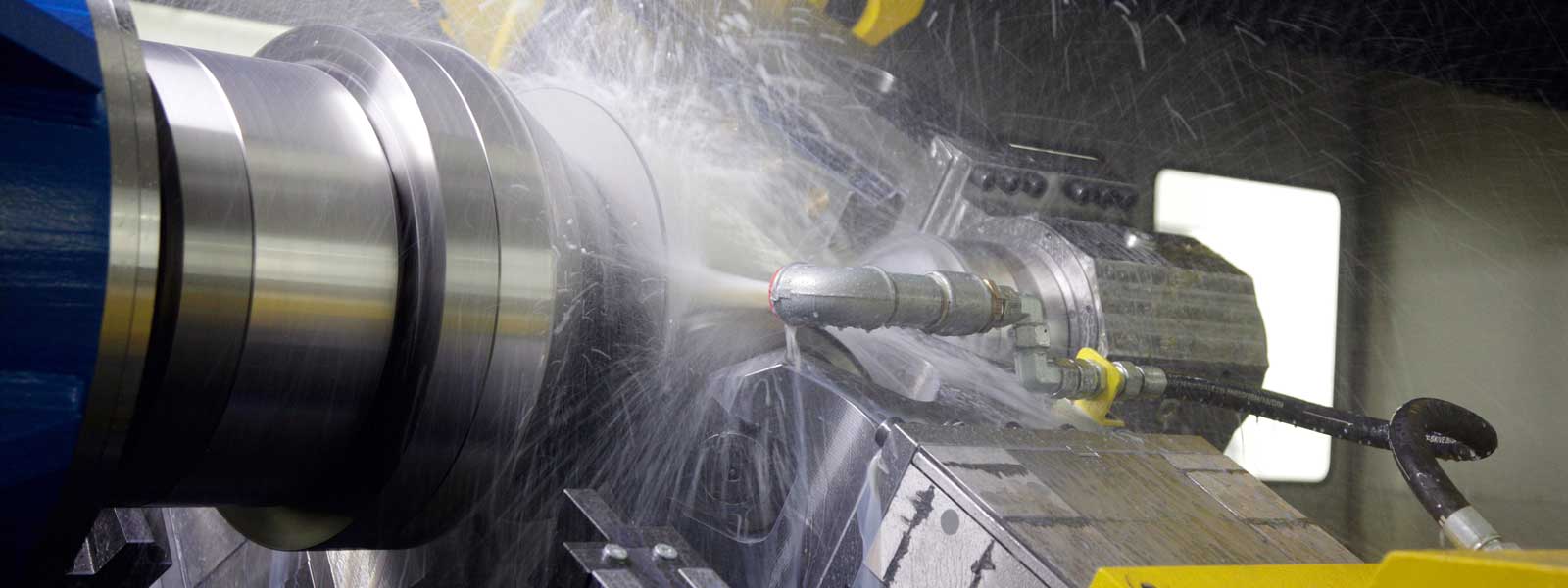We are pushing the limits of advanced manufacturing. Key to this is helping the companies we work with make better decisions about current and future products to ensure that they are manufactured using material and energy efficient processes.
Ranging from the latest in additive manufacturing to advances in cold forming, our combination of world class technical and design expertise brings real cost and sustainability benefits. For some manufacturers these benefits could be using a cold process, such as hydroforming, to save up to 70% on tooling costs, for others it might be using additive manufacturing, allowing the production of complex lightweight parts that were previously impossible to realise.
